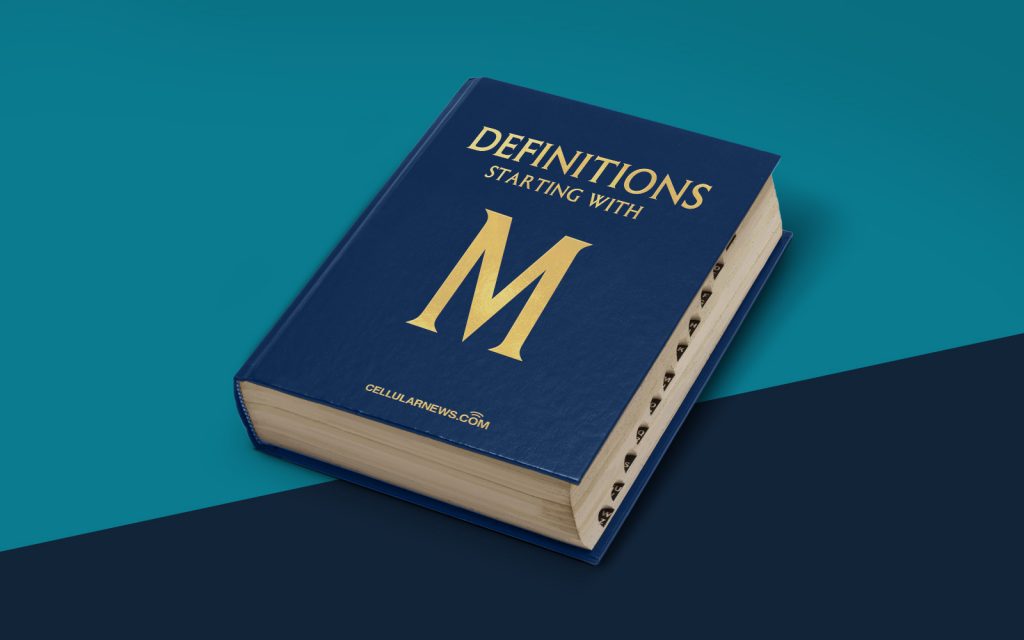
What is a Memory Card? Exploring the Definition
Welcome to another intriguing installment of our “DEFINITIONS” series! Today, we delve into the fascinating world of memory cards. Have you ever wondered what exactly a memory card is and how it functions? You’re in the right place! In this blog post, we will demystify this ingenious little device and provide you with a comprehensive understanding of its significance in our digital lives.
Key Takeaways:
- Memory cards are compact storage devices used in various electronic devices to store and transfer data.
- These cards come in different formats, such as SD, microSD, and CompactFlash, catering to different device compatibility needs.
Let’s start by answering the burning question: What is a memory card? Simply put, a memory card is a small electronic storage medium that stores and transfers digital data. It acts as a portable, non-volatile storage solution for a wide range of electronic devices, including digital cameras, smartphones, video game consoles, and more. Think of it as a miniature hard drive that you can easily insert and extract from your gadgets.
Memory cards have revolutionized the way we store and transport data. They provide a convenient means of expanding the storage capacity of devices that either have limited internal memory or lack the ability to upgrade it. These nifty little cards have become an indispensable tool for photographers, videographers, and anyone who values the convenience of carrying digital content on-the-go.
Now, let’s take a closer look at the types of memory cards available and their compatibility:
Types of Memory Cards:
- Secure Digital (SD) Cards: The SD card format is the most common and widely used. It comes in different sizes, ranging from the standard SD card to the smaller microSD card, which is commonly used in smartphones, tablets, and action cameras.
- CompactFlash (CF) Cards: CF cards are primarily used in professional-grade photography equipment and high-end digital cameras that require fast and reliable storage.
- Memory Stick (MS) Cards: Memory Stick cards were developed by Sony and are primarily used in their own product lineup, including digital cameras, camcorders, and portable gaming consoles.
In addition to these primary formats, there are also specialized memory cards designed for specific electronic devices such as gaming consoles, drones, and audio equipment.
So, how can you make the most out of your memory card usage? Here are a couple of key takeaways for you:
Key Takeaways:
- Choose a memory card format that suits your device’s compatibility needs.
- Consider the storage capacity and speed class of the memory card based on your requirements.
When buying a memory card, ensure that it is compatible with your specific device and offers sufficient storage capacity for your needs. Additionally, be mindful of the speed class, especially if you intend to record high-definition videos or use the card for high-performance purposes. Faster speed classes are generally more suitable for tasks involving continuous data recording or transferring large files.
Now that we’ve explored the world of memory cards, you can unravel their full potential and make informed decisions when summoning their magical powers for your data storage and transfer needs. Stay tuned for our next edition of “DEFINITIONS,” where we’ll unveil even more captivating concepts!
